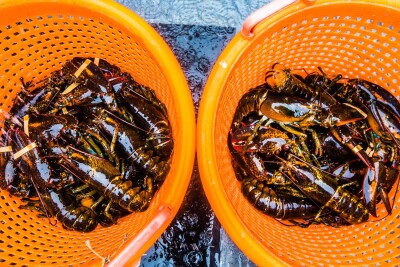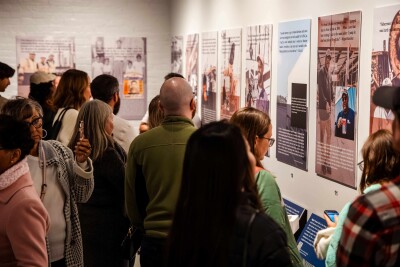Addressing the New England cod fishery in an online National Geographic op-ed ("The Bottom Line: For New England's Fishing Fleet it's Déjà vu All Over Again," 6/11), Lee Crockett and Peter Baker, of the Pew Charitable Trusts, make several misstatements of fact and overstate the challenges facing the resource.
Assessments of cod stocks in New England have clearly been low. But writing that, "cod stocks are at the lowest level ever recorded," and that fishing grounds are "in even worse shape than they were two decades ago" overstates their current challenges. Both stocks in question, Gulf of Maine and Georges Bank, are actually up from recently recorded lows. According to estimates from NOAA's January Northeast Regional Stock Assessment Workshop (SAW), the spawning stock biomass for Gulf of Maine cod was last estimated at 9,900 metric tons, an increase from the 6,300 metric tons estimated in the late 1990s. The assessment also estimated biomass for Georges Bank cod at 13,200 metric tons, up from its mid-2000s low of 10,100 metric tons. Put simply, and contrary to the authors' assertions, neither species is at its lowest level.
The authors further claim, "New England's best captains could not find enough cod in the past year to meet more than a third of their allotted quota on Georges Bank." Meeting yearly allocations is important economically for the fishery, but it is not a very reliable way to gauge a stock's health. It is true that, based on statistics compiled by NOAA, fishermen only caught 35 percent of their 2012 allocation of Georges Bank cod. But fishermen also faced difficulties meeting quota for healthy species. Georges Bank haddock, for example, is not overfished, according to NOAA, and is generally regarded as a recent success story in fisheries management. Nonetheless, fishermen caught only four percent of their allocation in 2012.
Neither fact tells much about the condition of either stock, other than to show that many variables are responsible for whether or not fishermen are able to catch their quota. Factors such as climate and restrictions on things like gear type and catch size all play a role, as do limitations caused by "choke species" bycatch. Groundfish habitats overlap, and regardless of which fish are targeted, fishermen will inevitably catch other groundfish species as bycatch. If the available quota for any species is too low, it can prevent fishermen from pursuing the fish for which quota is still available, turning the low-quota fish into a "choke species."
Read the full story at Saving Seafood>>






